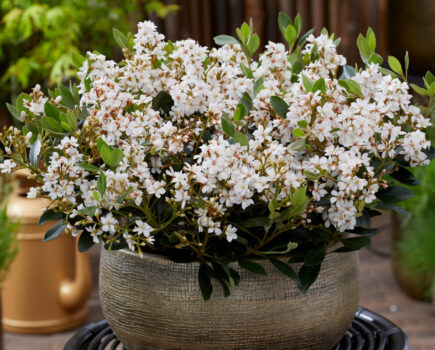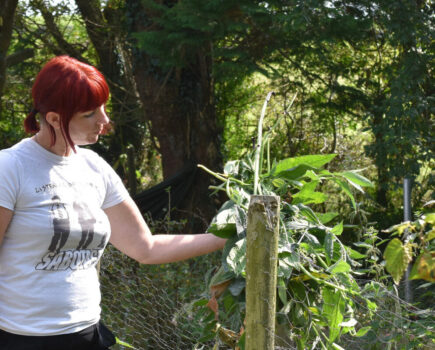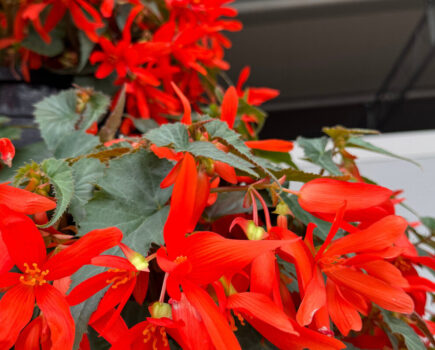Sue Bradley provides some of her top-tips….
* Favour single, open blooms, which are more easily accessible to insects than double flowers.
* Grow native wildflowers and species such as hawthorn, dog rose and beech. .
* Plant a variety of flowers for different species and aim to provide sustenance for as much of the year as possible. Let ivy mature to provide a valuable source of winter nectar and think about autumn-flowerers such as sedum (Hylotelephium) and aster (Symphyotrichum).
* Deadhead regularly to encourage further flushes of flowers.
* Find space for larval food plants such as lady’s smock for orange tips butterflies, nettles for red admiral, comma, painted lady and small tortoiseshells, or ragwort and groundsel for cinnabar moths. Goat willow Salix caprea is also a food plant for several moth caterpillar varieties and its flowers an early source of nectar.
* Provide suitable spaces for hibernation, such as insect hotels. Keep them clean and position them in full sun facing south or south east, ideally a metre off the ground.
* Allow areas of grass to grow longer for bees to nest and larvae to overwinter, and grow clover and self-heal. Look for tiny holes surrounded by small piles of soil, the tell-tale sign of a solitary bees.
* Preserve walls containing holes that may support colonies of solitary bees, along with small cavities in trees or walls.
* Provide shady spots for butterflies during extreme heat and put out shallow trays of water and pebbles to provide a safe drinking place. Hoverflies lay their eggs near water or boggy places, so even a bowl of pebbles, water and some plants provides an inviting prospect.
* Avoid using pesticides.
* King Charles III is passionate about nature. Be inspired by Coronation Gardens for Food and Nature: mycoronationgarden.org.
Find more tips, advice and articles like this at the Amateur Gardening website. Subscribe to Amateur Gardening magazine now.





